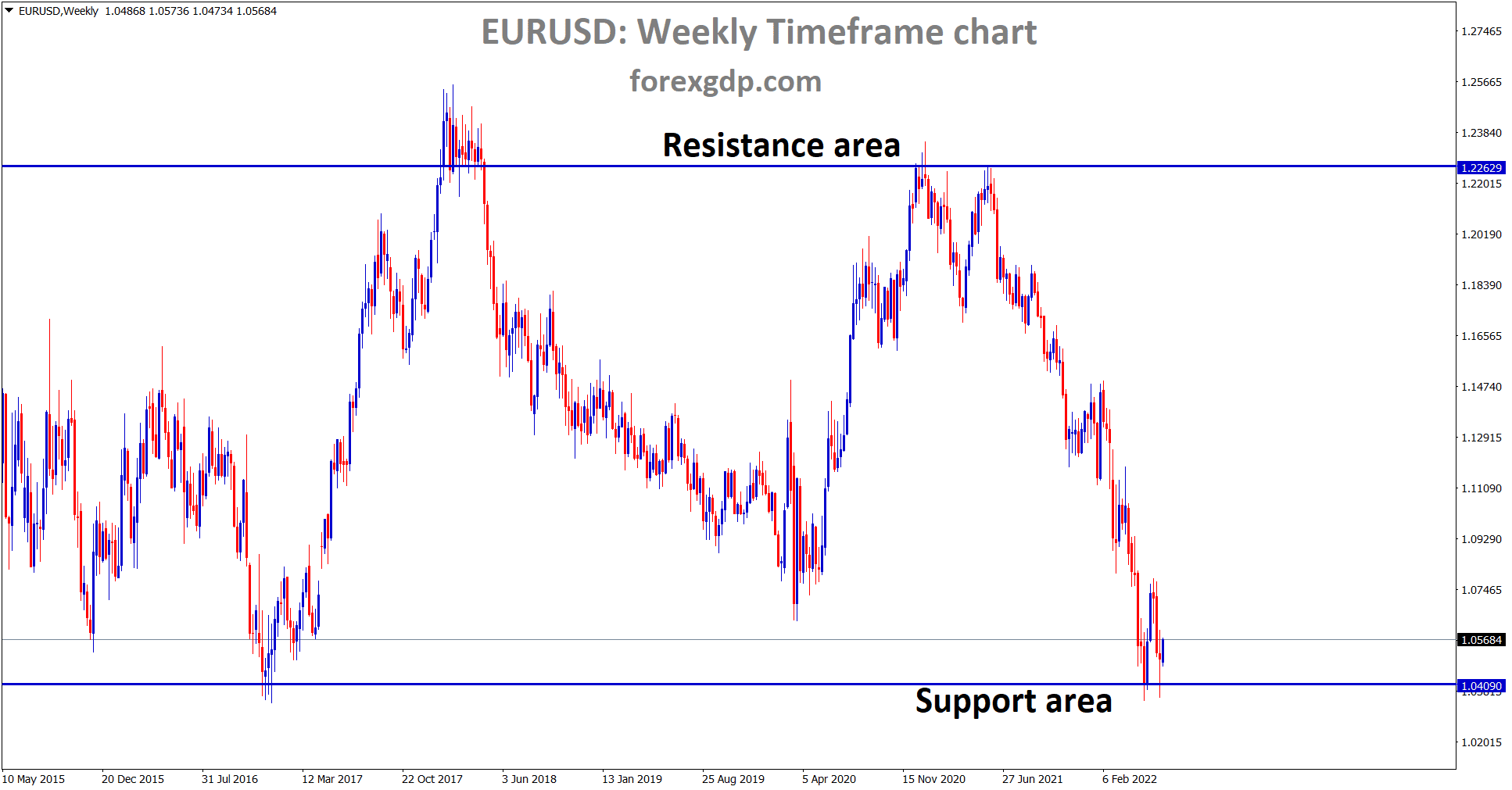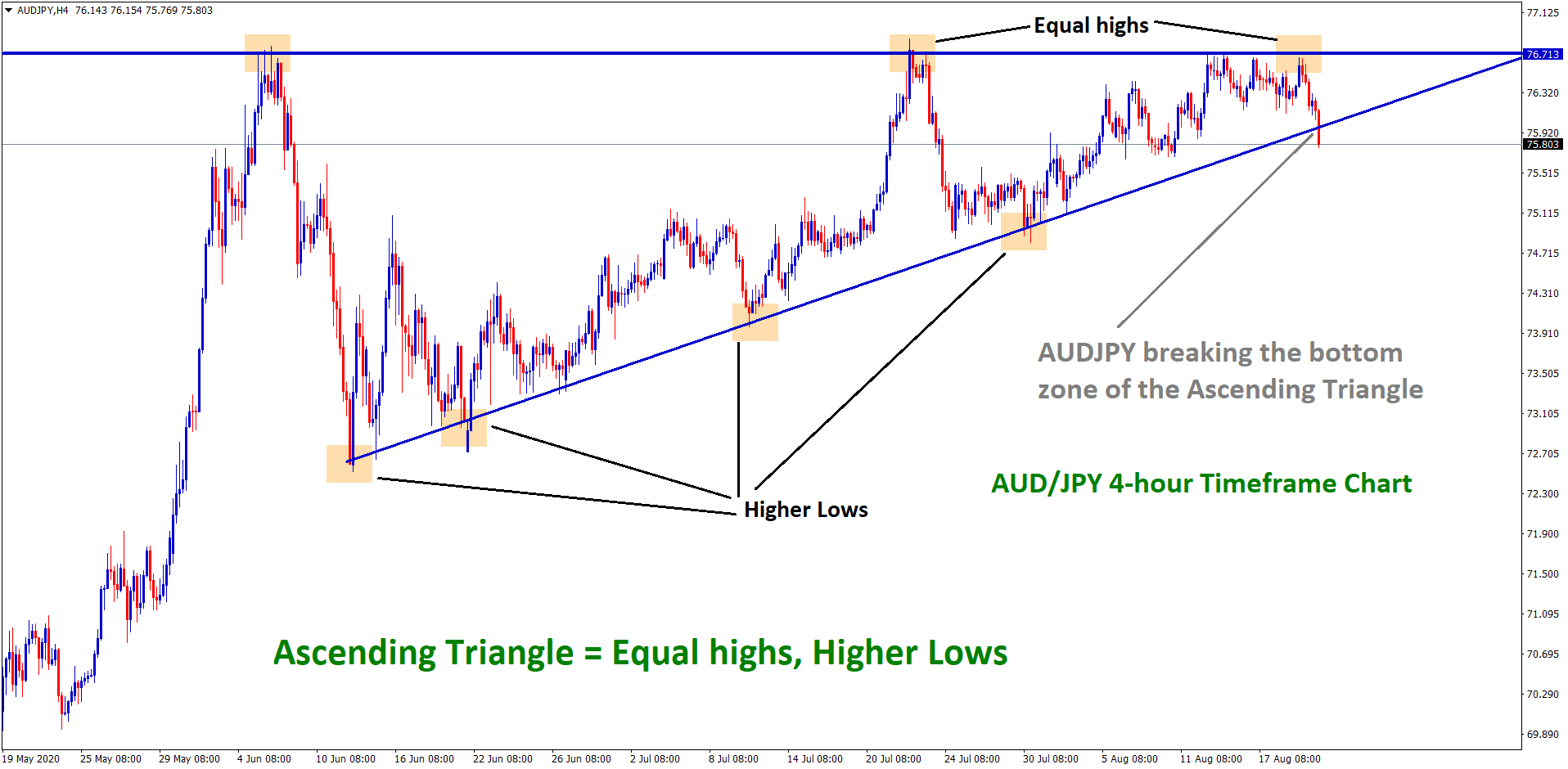GBPUSD is moving in Ascending channel and market has reached higher high area of the channel
Pound Sterling on the Rise: What’s Behind the Climb Against the US Dollar?
The Pound Sterling (GBP) has recently been making headlines as it edges closer to the 1.3000 mark against the US Dollar (USD). This rise has caught the attention of investors and analysts alike. What’s driving this upward momentum, and what does it mean for future market dynamics? Let’s dive in.
Anticipation of Fed Rate Cuts: A Driving Force
The Federal Reserve (Fed) is at the center of the current market buzz. Investors are increasingly confident that the Fed will start reducing interest rates as early as September. Despite a hot US Producer Price Index (PPI) report showing faster-than-expected growth in June, the sentiment remains bullish on Fed rate cuts. This optimism stems from broader economic indicators, including the recent Consumer Price Index (CPI) report, which pointed to a resumption of disinflationary trends.
Disinflation and Labor Market Woes
The US CPI for June showed a deceleration in inflationary pressures, both on the headline and core fronts. This has fueled speculation that the Fed might pivot towards a more accommodative monetary policy sooner rather than later. Additionally, cracks in the labor market have added weight to these expectations. With inflation slowing and employment dynamics shifting, the case for a September rate cut appears stronger.
US Dollar Dynamics: A Mixed Bag
While the US Dollar Index (DXY), which measures the greenback against a basket of major currencies, has seen some gains, its near-term appeal remains bearish. Recent geopolitical tensions, such as the assassination attempt on former President Donald Trump, have injected a degree of uncertainty. This has led some investors to seek safe-haven assets, temporarily bolstering the USD.
However, the broader market sentiment leans towards a weaker dollar, driven by the anticipated Fed rate cuts. Upcoming data releases, like the US Retail Sales report, will be crucial in shaping these expectations. Economists predict a stagnant retail sales figure for June, following a modest 0.1% growth in May. This stagnation could further reinforce the case for a dovish Fed stance.
Pound Sterling’s Strength: A Closer Look
The Pound Sterling has been gaining ground against its major counterparts, not just the USD. Investors view the UK market as a relatively stable investment landscape, especially when compared to the political uncertainties plaguing the US and the European Union. The recent victory of Keir Starmer’s Labour Party has contributed to this perception, promising stable fiscal policies and smooth governance.
Bank of England (BoE) Rate Cut Speculations
A significant factor behind the Sterling’s strength is the speculation surrounding the Bank of England’s (BoE) interest rate policies. The financial markets currently anticipate a potential rate cut from the BoE as early as August. However, BoE policymakers have expressed reservations about this timeline, primarily due to high inflation in the service sector driven by robust wage growth.
GBPUSD has broken Symmetrical Triangle in upside
The pace of wage increases is approximately double what is necessary to achieve price stability. This strong wage growth poses a challenge for the BoE, which must balance the need to control inflation with the broader economic dynamics.
Key Data to Watch: UK Inflation and Employment
This week, critical economic data releases from the UK will provide fresh guidance on the BoE’s potential actions. The UK Office for National Statistics (ONS) is set to publish inflation and employment data on Wednesday and Thursday, respectively. The core CPI, which excludes volatile food and energy prices, is expected to have slightly decelerated from May’s 3.5% to 3.4%.
On the employment front, the Annual Average Earnings Including Bonus for the three months ending in May are projected to have softened from 5.9% to 5.7%. These figures will be closely watched as they could influence the BoE’s rate decision and, consequently, the Sterling’s trajectory.
Final Summary
The Pound Sterling’s rise near the 1.3000 mark against the US Dollar is fueled by a combination of factors, including anticipated Fed rate cuts and a relatively stable UK investment environment. The Federal Reserve’s potential pivot towards a more accommodative policy stance, despite robust PPI figures, reflects broader economic trends, such as slowing inflation and labor market challenges.
On the other hand, the Bank of England’s hesitancy to cut rates amid strong wage-driven inflation in the service sector adds an interesting dimension to the Pound’s strength. Investors are keenly awaiting key UK economic data, which will shed light on the BoE’s next moves.
As we move forward, the interplay between US and UK monetary policies, coupled with geopolitical developments, will continue to shape the GBP/USD dynamics. For investors, staying abreast of these economic indicators and central bank signals will be crucial in navigating the forex market.
Don’t trade all the time, trade forex only at the confirmed trade setups
Get more confirmed trade signals at premium or supreme – Click here to get more signals , 2200%, 800% growth in Real Live USD trading account of our users – click here to see , or If you want to get FREE Trial signals, You can Join FREE Signals Now!








